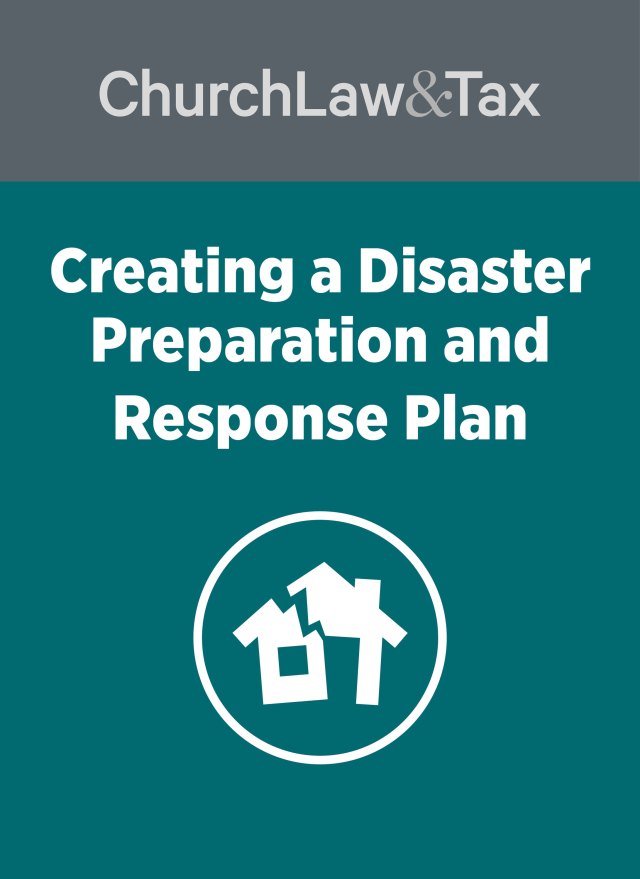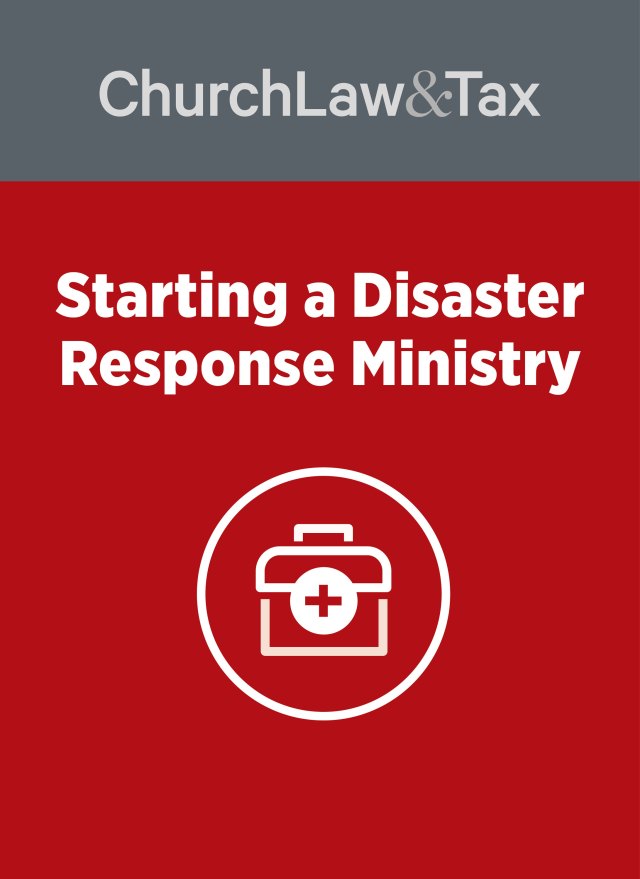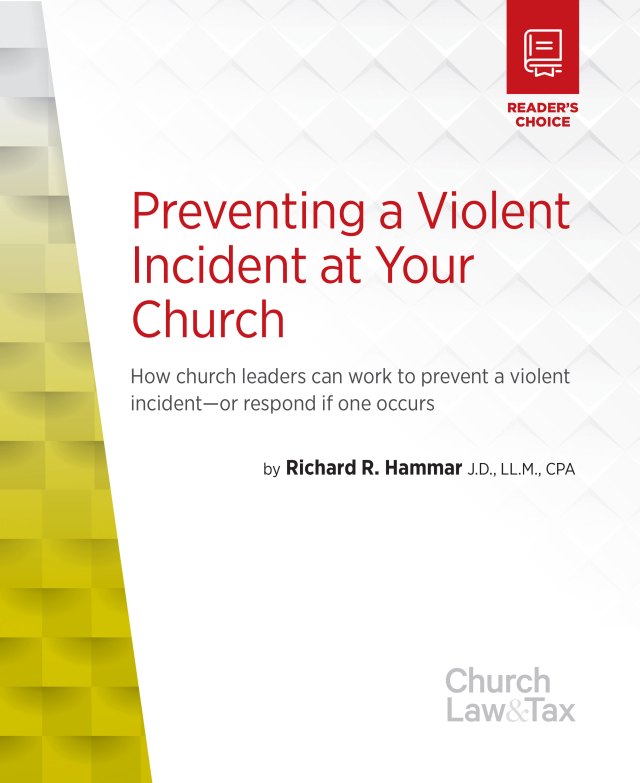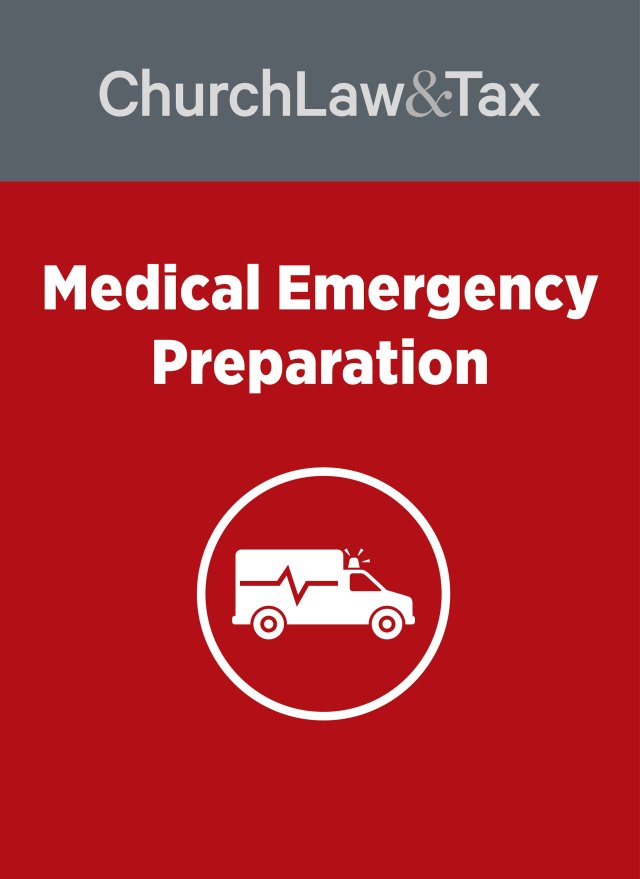Key point 7-20.4. A church may be legally responsible for assaults occurring on its premises if similar assaults occurred on or near the premises in the recent past and the church failed to take reasonable precautions.
An Indiana court ruled that a school could be liable for non-fatal injuries suffered by two public high school students who were shot by a former student previously suspended from school for threats and other inappropriate behavior. An eighth-grade student (the “shooter”) at a public middle school had a history of disciplinary problems that culminated in 50 discipline referrals, 43 of which were for disrespect toward school personnel or failure to follow school rules. He also had seven discipline referrals for harassing, threatening, and physically assaulting other students. On one occasion he commented to some of his classmates that he wanted to “just blow up the school.” After the classmates reported his remark, the school suspended him for 10 days. He remained barred from entering school property except to take a state standardized test. Because of his overall disciplinary history, the school’s principal also initiated expulsion proceedings, but before he was formally expelled his mother withdrew him from school.
On the morning of March 25, 2011, the shooter’s Facebook status read “today is the day” and “don’t use your mind, use your nine.” He arrived at the school around 7 a.m. He wore a dark-colored hooded sweatshirt with the hood pulled over his head and moved toward the building so as to avoid detection.
The school principal had developed a safety plan for the school and the school’s three surveillance cameras, positioned at three of the school entrances, were functioning properly that morning. One of the school’s entrances was unlocked from 6:30 a.m. to 7:30 a.m.; two other entrances were unlocked from 7:10 a.m. to 7:30 a.m.; and the five school employees who were assigned to various positions around the school’s exterior to monitor student arrival were in place beginning at 7 a.m. All of the monitors knew the shooter and were aware that he was prohibited from being on school property. None of the monitors noticed the shooter when he arrived at the school, although several students did. No students reported his presence to school personnel, even though “everybody knew” that he was banned from school property and even though the students saw that the shooter carried in his back pocket what appeared to be a wrench covered in a cloth.
The shooter proceeded to the school’s main lobby where he shot two students with a gun that he stole from the home of his former stepfather. He then fled the scene. The two victims were transported to a local hospital. Both fully recovered from their wounds.
The shooter was later apprehended, and charged with attempted murder. He was found guilty and sentenced to 35 years in prison.
Shortly after the shootings, the victims and their parents (the “plaintiffs”) sued the school, claiming that it was negligent when it
- left one of the doors unlocked, allowing the shooter to enter the school;
- failed to warn personnel monitors that the shooter posed a threat and to instruct them to specifically look for the shooter on school grounds after he was suspended; and,
- failed to instruct personnel monitors to call 911 if he was spotted on school property.
foreseeability of harm
A trial court rejected the school’s request that the case be dismissed, and a state appeals court agreed. The court conceded that a property owner generally cannot be liable for an armed assault on its premises unless the assault is reasonably foreseeable, noting that “the duty to anticipate and to take steps against a criminal act of a third party arises only when the facts of the particular case make it reasonably foreseeable that a criminal act is likely to occur.” The court concluded that the school had failed to demonstrate that the shooter’s acts were unforeseeable as a matter of law, and therefore declined its request to dismiss the case. It observed:
We conclude that there exist genuine issues of material fact on this issue and that the School District has not proved as a matter of law that the shooting was not foreseeable. [The shooter] had a lengthy history of serious misbehavior in school; threatened to blow up the school; and was on school grounds, presumably in close proximity to the personnel monitors, for thirty minutes prior to the shooting. He had made threats against [one of the victims] of which at least one teacher was aware. The day before the shooting, another student had made a threat to shoot a teacher. Given these facts, a jury could conclude that it is foreseeable that a shooting would occur at the school.
the school’s safety plan
The school insisted that it exercised reasonable care in providing for the safety of its students, noting that it had implemented (1) a school-wide policy prohibiting threats, bullying, and fighting; (2) a door numbering system; (3) an electronic door locking system; (4) a video surveillance system; and (5) the placement of personnel monitors around school grounds during the time in which students arrived in the morning. The school further noted that when the shooter threatened to “blow up the school,” he was suspended immediately and expulsion proceedings were initiated. The court was not impressed, and concluded that “reasonable persons could differ as to whether there is a sufficient relationship between the school’s duty to supervise and protect its students and its alleged failure to take adequate measures to protect [the victim] from the shooter.”
What This Means For Churches:
This case illustrates the general rule that property owners are not liable for armed assaults on their premises that are not reasonably foreseeable. However, the court interpreted “foreseeability” broadly, and further concluded that the many precautions the school had initiated to respond to the risk of armed assaults could be viewed as inadequate, and on that basis refused to dismiss the case. According to this court, the shooter’s armed assaults were reasonably foreseeable because of the following facts: (1) he threatened to “blow up” the school; (2) he had a lengthy history of serious misbehavior in school; (3) he was on school grounds, presumably in close proximity to the personnel monitors, for thirty minutes prior to the shooting; and (4) he had made threats against one of his victims of which at least one teacher was aware. These facts imposed a duty upon the school to take appropriate steps to respond to the risk of an armed assault, but the court concluded that the many precautions the school had adopted were insufficient. Clearly, church leaders who are apprised that someone has made threats against the church, or individual members in the church, should be aware of the possible risk of liability should the person act on that threat, unless adequate precautions have been implemented. These are difficult questions that will depend entirely on the facts and circumstances of each case. Church leaders should discuss such behavior with law enforcement and legal counsel. M.S.D. v. Jackson, 9 N.E.3d 230 (Ind. App. 2014).




